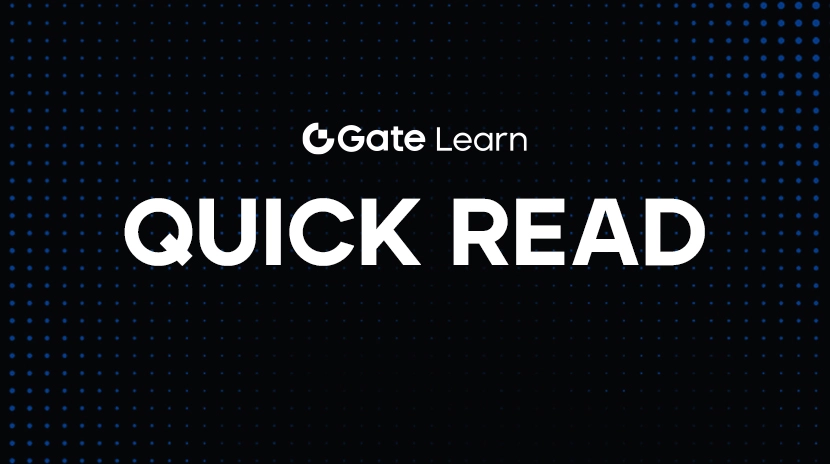$GRT (The Graph): Разблокировка данных блокчейна для разработчиков
В быстро развивающемся мире технологии блокчейн доступность данных и эффективность имеют первостепенное значение. The Граф ($GRT)выступил в качестве децентрализованного протокола, разработанного для индексации и запроса данных блокчейна, в основном применяемого к Ethereum. Упрощая запросы данных, The Graph позволяет разработчикам создавать и публиковать открытые API, известные как субграфы, что делает данные блокчейна легко доступными. В этой статье мы рассмотрим особенности, рыночную производительность и будущий потенциал $GRT, предоставляя полный обзор этого инновационного токена.

Image Source: Twitter X
Что такое The Graph?
ГрафикЭто децентрализованный протокол, который организует и обслуживает данные web3, позволяя разработчикам эффективно получать доступ к блокчейн-данным. Он действует как мост между блокчейн-сетями и приложениями, позволяя пользователям запрашивать данные без необходимости сложной инфраструктуры. Уникальная архитектура The Graph обеспечивает быстрый, надежный и экономичный доступ к данным блокчейна, что делает его неотъемлемым инструментом для разработчиков в секторах децентрализованных финансов (DeFi), токенов, не являющихся средством обращения (NFT) и других секторах, связанных с блокчейном.
Основные особенности Графа
Децентрализованный доступ к данным: Граф предоставляет децентрализованную сеть индексаторов, которая обеспечивает надежный доступ к данным блокчейна. Такой децентрализованный подход предотвращает ошибки и повышает общую надежность данных.
Быстрый запрос: С помощью The Graph разработчики могут получать доступ к данным web3 всего за несколько миллисекунд. Эта скорость критически важна для приложений, требующих доступа к данным в реальном времени, таких как торговые платформы и аналитические инструменты.
Эффективность затрат: Используя The Graph, разработчики могут значительно снизить свои инфраструктурные расходы. Платформа позволяет пользователям сократить расходы, обращаясь к конкурентному рынку данных, что приводит к сэкономленным средствам в размере 60-98% в месяц по сравнению с традиционными решениями в области данных.
Высокое время работы: The Graph гордится временем работы 99,99%+, обеспечивая бесперебойную работу приложений и непрерывный поток данных. Эта надежность является важной для поддержания доверия и привлечения пользователей.
Субграфы: Разработчики могут создавать пользовательские ленты, называемые субграфами, чтобы индексировать конкретные данные блокчейна. Эта гибкость позволяет получать доступ к настраиваемым данным, соответствующим уникальным потребностям различных приложений.
Динамичная инфляционная политика: Родной токен Graph, GRT, может стимулировать определенные поведенческие реакции через инфляцию. Возможность динамической корректировки инфляционной денежной политики является мощным инструментом для стимулирования участников сети.
Текущая рыночная производительность $GRT
На сегодняшний день у The Graph рыночная капитализация составляет примерно 869.1 миллиона долларов, что делает его заметным участником на рынке криптовалют. Циркулирующее предложение GRT составляет 9.55 миллиарда GRT, с общим предложением 10.79 миллиарда GRT. Полностью разбавленная рыночная капитализация оценивается в 981.9 миллиона долларов, что указывает на потенциал роста, поскольку общее предложение постепенно поступает в обращение.
История цен $GRT
Дата выпуска: 12 декабря 2020 г.
Цена размещения: $0.03
Исторический максимум: $2.84 (12 февраля 2021)
Исторический минимум: $0.05205 (22 ноября 2022 г.)
История цен на $GRT отражает его быстрый рост с момента запуска. После дебюта по цене $0.03, The Graph испытал значительное увеличение, достигнув исторического максимума в $2.84 в начале февраля 2021 года. Этот рост можно объяснить увеличивающимся спросом на эффективные решения доступа к данным в пространстве блокчейна.
Настроение рынка The Graph
Текущее рыночное настроение в отношении $GRT положительное, что указывает на благоприятные перспективы среди инвесторов и аналитиков. Оптимизм вызван технологическими достижениями The Graph, растущей экосистемой и увеличением принятия разработчиками и пользователями. С более чем 170 800 держателями адресов и 31 листинговыми биржами The Graph установил прочное присутствие на рынке криптовалют.
(Вся информация действительна на момент написания, 22 апреля 2025 года)
Команда за The Graph
Успех The Graph можно приписать его талантливой команде профессионалов, включая:
Jannis Pohlmann: Сооснователь, который сыграл решающую роль в развитии и росте протокола The Graph.
Tegan Kline: Сооснователь, фокусирующийся на вовлечении сообщества и партнерствах.
Брэндон Рамирез: Сооснователь, вносящий вклад в технические достижения платформы.
Yaniv Tal: Сооснователь, контролирующий общую стратегию и видение The Graph.
Известные инвесторы The Graph
The Graph привлек значительные инвестиции от авторитетных фирм, включая:
Основные вложения
Группа цифровых валют (DCG)
Fenbushi Capital
CoinFund
Компаунд VC
Блокстена
DTC Capital
Эти инвестиции не только обеспечивают финансовую поддержку, но и повышают доверие к The Graph и потенциал для будущего роста.

Источник изображения: Сайт
Роль криптовалюты The Graph в развитии Web3
The Graph играет ключевую роль в развитии приложений web3, предоставляя разработчикам простой доступ к надежным ончейн-данным. Протокол обеспечивает создание пользовательских интерфейсов высшего класса, позволяя разрабатывать инновационные приложения в различных секторах. Индексируя данные блокчейна в структурированные идеи, The Graph упрощает процесс извлечения данных, делая его более простым для разработчиков, позволяя им сосредоточиться на создании своих приложений, а не на управлении сложной инфраструктурой данных.
Применение Графа Крипто
Децентрализованные финансы (DeFi): Граф широко используется в пространстве DeFi, где доступ к данным в реальном времени критичен для торговли, кредитования и платформ заимствования. Путем использования субграфов приложения DeFi могут быстро извлекать рыночные данные, балансы пользователей и истории транзакций, улучшая опыт пользователей и операционную эффективность.
Неделимые токены (NFT): Рынок NFT тесно связан с The Graph для индексации и запросов данных, связанных с цифровыми активами. Разработчики могут создавать субграфики, отслеживающие владение, историю транзакций и метаданные NFT, что упрощает пользователям поиск и торговлю этими уникальными цифровыми товарами.
Аналитика и отчетность: Бизнес и разработчики могут использовать The Graph для создания инструментов аналитики, которые предоставляют информацию о деятельности блокчейна. Путем эффективного запроса данных организации могут анализировать тенденции, поведение пользователей и рыночную динамику, обеспечивая принятие решений на основе данных.
Игры: Игровая индустрия все больше принимает технологию блокчейн, и The Graph облегчает разработку игр на основе блокчейна, обеспечивая легкий доступ к данным, связанным с играми. Разработчики могут создавать подграфы, отслеживающие игровые активы, статистику игроков и истории транзакций, улучшая игровой опыт.
Социальные медиа и платформы контента: The Graph может быть использован в децентрализованных социальных медиа-платформах для индексации контента, созданного пользователями, взаимодействий и метрик вовлеченности. Это позволяет лучше открывать контент и вовлекать пользователей, способствуя росту децентрализованных социальных сетей.
Будущий потенциал криптовалюты The Graph
Будущее $GRT выглядит многообещающим, поддерживаемое несколькими факторами:
Растущий спрос на доступ к данным: по мере расширения блокчейн-экосистемы потребность в эффективных решениях доступа к данным будет продолжать расти. Способность Графа предоставлять быстрый и надежный запрос данных позволяет ему хорошо занять значительную долю этого растущего рынка.
Расширение экосистемы субграфа: Увеличение числа разработчиков, создающих субграфы, улучшит полезность Графа. Поскольку все больше приложений используют его возможности, спрос на токены GRT, скорее всего, возрастет, что положительно повлияет на их цену.
Интеграция с другими блокчейнами: В то время как The Graph в первую очередь фокусируется на Ethereum, его потенциал интеграции с другими сетями блокчейн может расширить его пользовательскую базу и область применения. Эта интероперабельность может привлечь больше разработчиков и пользователей, дополнительно стимулируя спрос на $GRT.
Технологические достижения: Постоянные улучшения протокола The Graph, включая повышение скорости, надежности и пользовательского опыта, способствуют его росту. По мере развития платформы она может привлечь больше пользователей и разработчиков, положительно влияя на цену GRT.
Вовлеченность сообщества и поддержка: Сильное сообщество The Graph и активное взаимодействие с разработчиками сыграют решающую роль в его успехе. Содействуя сотрудничеству, The Graph может стимулировать инновации и привлекать новые проекты, улучшая свою экосистему.

Image Source: Coinmarketcap CMC
Как купить $GRT на Gate.com
Шаг 1: Зарегистрируйтесь для учетной записи
Начните с посещения Gate.comи нажмите на «Sign Up», чтобы создать свою учетную запись. Введите свой адрес электронной почты, создайте надежный пароль и следуйте инструкциям по регистрации.
Шаг 2: Завершите верификацию KYC
Для обеспечения безопасности вашей учетной записи и соответствия глобальным нормативам завершите процесс Знай своего клиента (KYC). Обычно это включает представление удостоверения личности, выданного правительством, и, возможно, селфи. Правильная верификация повышает безопасность вашей учетной записи и разблокирует полный набор функций торговли.
Шаг 3: Пополнить средства
После верификации вашей учетной записи внесите средства на свой кошелек Gate.com. Вы можете использовать различные методы, такие как банковские переводы, кредитные или дебетовые карты, а также другие криптовалюты. Убедитесь, что вы вносите достаточно средств для покрытия вашего желаемого инвестиционного портфеля, а также всех применимых комиссий.
Шаг 4: Найдите $GRT
В разделе торговой платформы используйте строку поиска, чтобы найти $GRT. Gate.com обычно размещает $GRT с различными торговыми парами, такими как $GRT/USDT. Просмотрите текущую рыночную цену и доступные варианты заказа, прежде чем продолжить.
Шаг 5: Разместите ваш заказ
Решите, хотите ли вы разместить рыночный ордер или лимитный ордер. Рыночный ордер будет выполнен немедленно по текущей цене, в то время как лимитный ордер позволяет вам установить свою собственную цену. Введите сумму $GRT, которую вы хотите приобрести, внимательно проверьте детали заказа, а затем подтвердите транзакцию.
Заключение
В заключение, $GRT (The Graph) - это революционный токен, который играет ключевую роль в разблокировке данных блокчейн для разработчиков. Благодаря своему децентрализованному протоколу, быстрым возможностям запросов и экономичным решениям, The Graph хорошо позиционирован для того, чтобы стать угловым камнем экосистемы web3. Поскольку спрос на эффективный доступ к данным продолжает расти, инновационный подход The Graph и сильная поддержка сообщества вероятно будут способствовать его принятию и стоимости на рынке криптовалюты. Инвесторы и разработчики одинаково должны внимательно следить за The Graph, поскольку он продолжает развиваться и формировать будущее технологии блокчейн.
Отказ от ответственности: Инвестиции в криптовалюты несут риски. Всегда проводите тщательное исследование перед инвестированием.
Похожие статьи
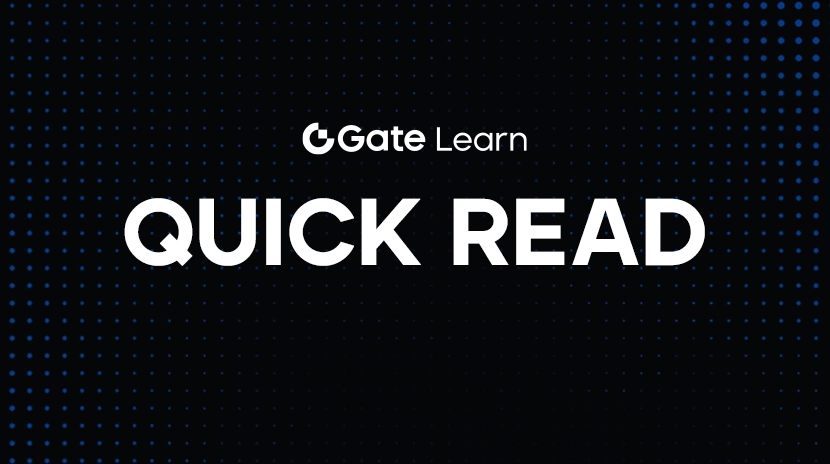
Как переводить средства с Binance безопасно и эффективно
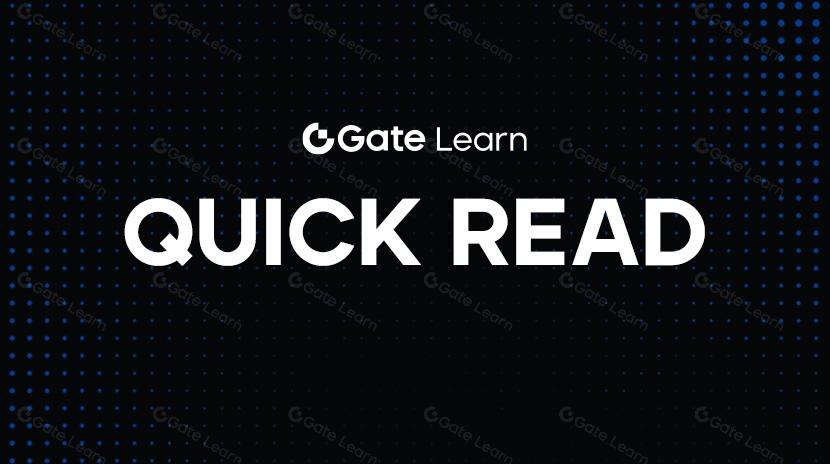
Понимание токена TRUMP в одной статье: Комплексный анализ токена $TRUMP
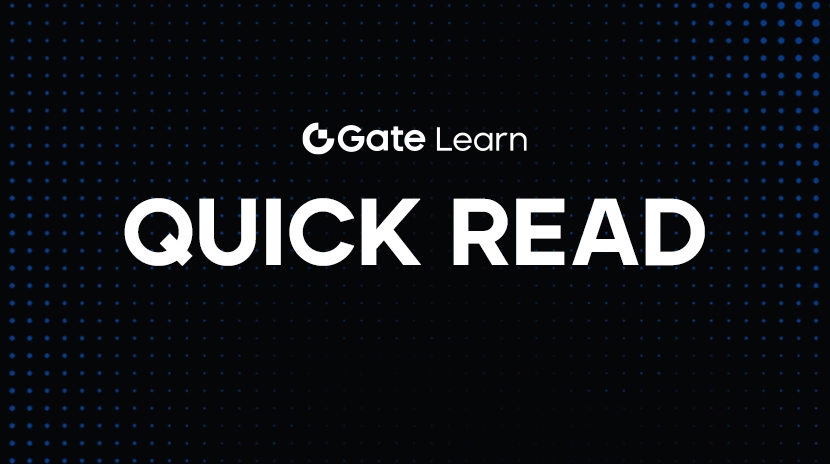
Как отследить транзакцию USDT BEP20?
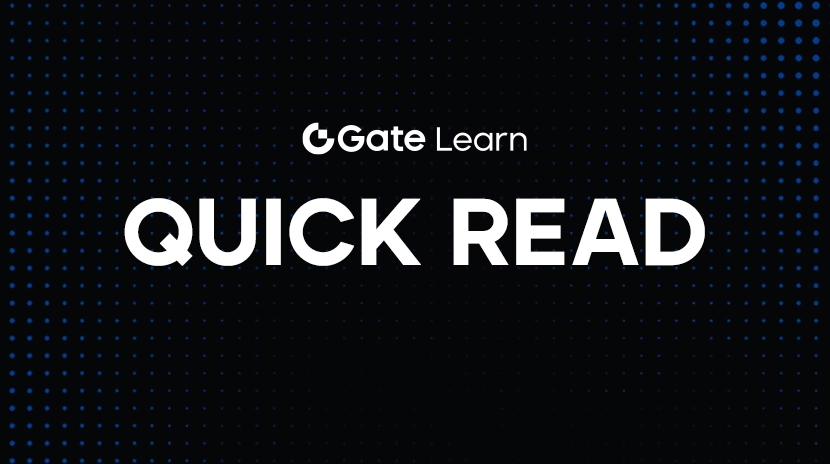
Сколько времени займет добыча 1 биткойна в 2025 году? Подробное руководство
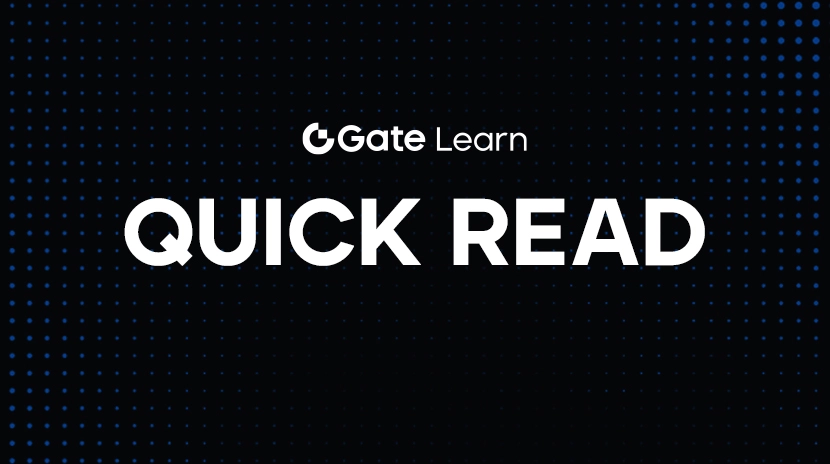
Что такое MELANIA: мем-монета на миллиард долларов, запущенная первой леди США
